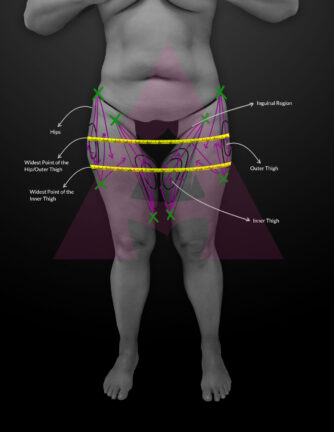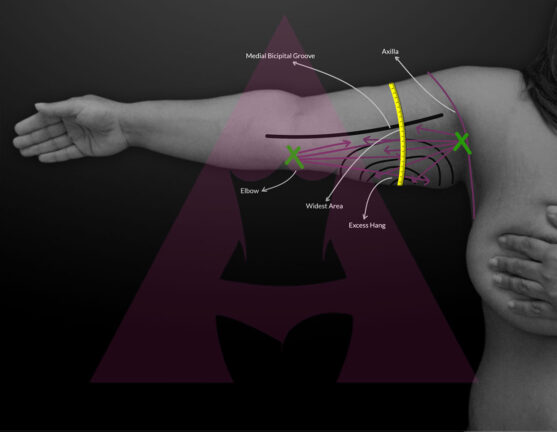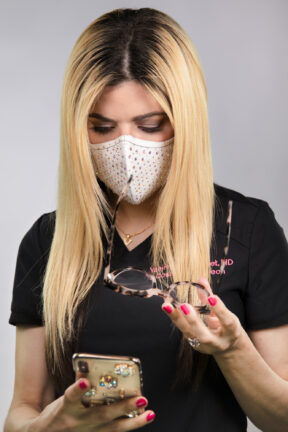“Doctor, will I lose weight with Liposuction?”
“Will I lose weight with liposuction? No, the answer is NO. Liposuction is not a weight loss procedure.” This is a common question asked by almost all patients. It is important to explain to patients what is the end-point of liposuction: removing unwanted fat deposits from certain areas; sculpt the body, enhancing its shape.
“How many inches will I lose with liposuction?” This is another common question asked by patients and it is important to explain that results vary from person to person but that this is a realistic and objective measure that can be measured after liposuction surgery.
The areas of the body to be treated should always be measured as to have a pre and post-operative comparison, as loss in inches, NOT loss in weight, is an accurate way of assessing final results. Some examples are:



Do not compress any of the areas measured with the tape measurement while measuring.
All measurements should be taken prior to surgery and at each post-op visit. Patients will be delighted to see how many inches they have lost and how much better clothes fit in their new sculpted body.
Should the patient’s weight be taken before and after a liposuction surgery? ABSOLUTELY! Weight should be documented at the time of the cosmetic consultation, pre-operatively and at each post-operative visit. Although weight is not an accurate measure of assessing final results, it is a tool for assessing any significant change in gain and/or loss that could influence the assessment of final results.
In conclusion, measurements and weight are both essential tools in the pre-operative evaluation and the post-operative healing process.
Connect with us at dravellanet.com for more information about our trainings.


